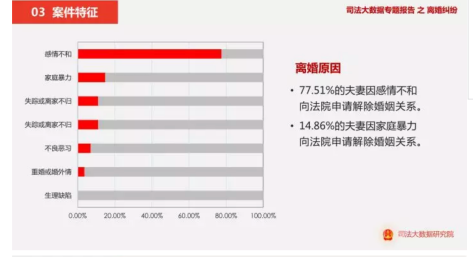
Recently the Wall Street Journal ran a story on the proposed Shanghai financial court, which was approved on 27 April. The topic of the Shanghai financial court deserves a greater drill down than media reports are able to provide. Some quick thoughts follow on the proposal and what it means for Chinese court reform:
- Shenzhen was actually the first Chinese court to establish a specialized financial trial institution (a tribunal, 法庭) in December, 2017 at the Qianhai Court, but presumably because the Supreme People’s Court (SPC) has greater flexibility in experimenting with new institutions in Qianhai, the SPC did not need to obtain approval from the National People’s Congress to establish it. The Shanghai financial court will be established as an additional intermediate court in Shanghai and the first financial court.
- The concept of a financial court in Shanghai has been mooted in Shanghai for almost 10 years (not two years, as stated in this press report), with Lv Hongbing, chair of the Grandall Law Firm (Deputy
Director of the All China Lawyers’ Association) Gui Minjie, former chair of the Shanghai Stock Exchange among its proponents. - Although President Zhou Qiang mentioned the need to bolster the international influence of Chinese justice in finance, Belt & Road, and the goal of establishing Shanghai as an international financial center by 2020, a white paper (from which the charts in this post are taken) issued by the Shanghai courts in 2017 indicates that three quarters of Shanghai’s financial cases in 2016 involved bank cards. According to my informal discussions with lawyers in the market, more sophisticated financial institutions/funds often include arbitration clauses in their contracts, as can be seen from reports on arbitral enforcement actions in China.

4. The proposal is linked to last year’s financial work conference and the SPC policy document (关于进一步加强金融审判工作的若干意见, Some opinions concerning the further strengthening of financial trial work) to implement it, which called for work on establishing specialized financial institutions within the courts (the reporter who wrote it “is unlikely that other parts of China will have specialised financial courts” was likely unaware of this. This is part of the increasing professionalization and specialization of the Chinese courts. Point 28 of the SPC policy document stated:
28. According to the special characteristics of financial cases, explore the establishment of specialized financial trial institutions. According to the location of finacial institutions and the numbers of financial cases, in areas where financial cases are relatively concentrated, select some courts to establish financial divisions (tribunals), explore implementing centralized jurisdiction of financial cases. In other intermediate courts where there are a relatively large number of financial cases, according to the case situation, more specialized financial tribunals or financial collegiate panels may be established.
28 . 根据金融案件特点,探索建立专业化的金融审判机构。根据金融机构分布和金融案件数量情况,在金融案件相对集中的地区选择部分法院设立金融审判庭,探索实行金融案件集中管辖。在其他金融案件较多的中级人民法院,可以根据案件情况设立专业化的金融审判庭或者金融审判合议庭。
5. Also indicating that the SPC looks to foreign jurisdictions when establishing Chinese institutions, in his statement to the NPC Standing Committee, President Zhou Qiang explicitly mentioned financial dispute resolution in the United States, United Kingdom, UAE (Dubai), and Kazakhstan (从世界范围来看,英美等发达国家和阿联酋、哈萨克斯坦等新兴市场国家均建立了专门的金融司法体系).
6. The proposal is linked to the SPC’s diversified dispute resolution policies, particularly in strengthening links between stock exchange and other financial institution dispute resolution and the courts.
7. Judges for the court are to be selected from existing judges in Shanghai and possibly from the legal profession. As I wrote late last year and last month, recruiting lawyers and other legal professionals to the judiciary mentioned as one of the judicial reforms, has proved to be more difficult than it would otherwise appear to an outsider. It is unclear what the turnover of middle ranking judges with expertise in the financial sector in Shanghai is, although they would fit the profile of judges who leave the judiciary. The court may be able to retain judges with expertise who might have otherwise decided to leave, because there will be additional promotions available as court president, vice president, etc.
8. In his statement to the NPC Standing Committee, President Zhou Qiang mentions that the new financial court will have centralized jurisdiction over financial disputes (civil, commercial and administrative, not criminal), foreshadowed in the SPC policy document mentioned above and describes the court’s jurisdiction in some detail. The NPC Standing Committee decision states that the SPC will issue a detailed document on the jurisdiction of the Shanghai financial court, that the financial court will hear civil, commercial and administrative financial cases previously heard by the city’s intermediate court and that appeals will be to the Shanghai Higher People’s Court.

 Almost three quarters (73%)of the plaintiffs in first instance divorce cases were women.
Almost three quarters (73%)of the plaintiffs in first instance divorce cases were women.





You must be logged in to post a comment.